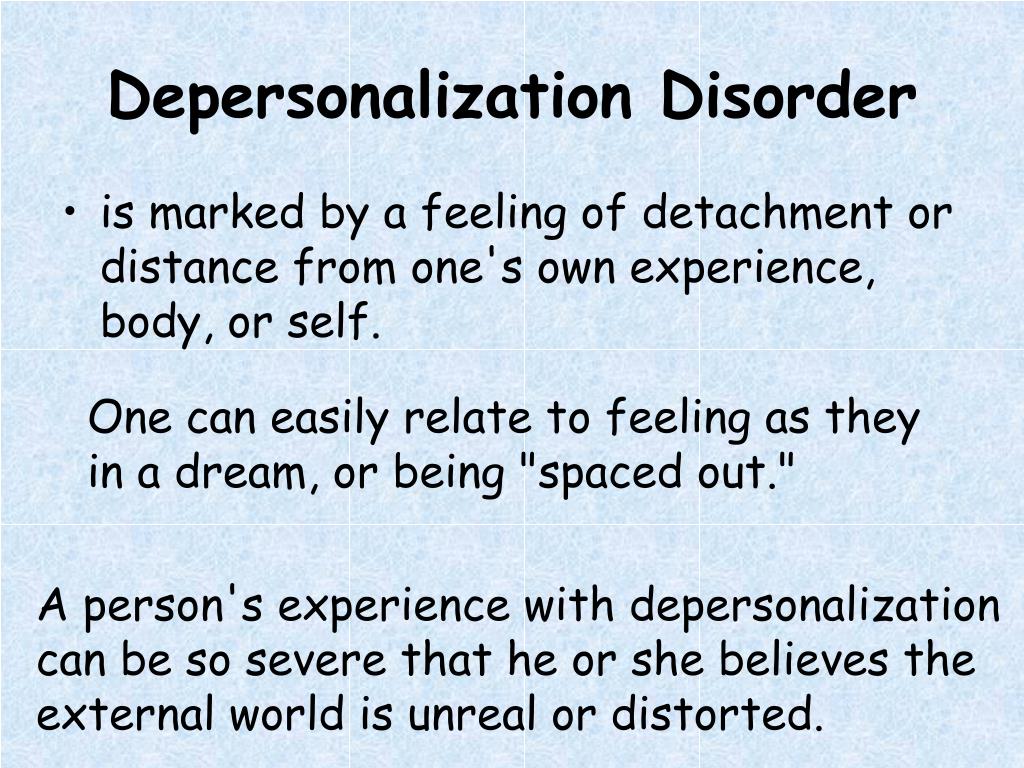

Instead, our organism reacts with it in a situation where we want to or need to stay connected. A general feeling of disorientation or difficulty orienting within surroundingsĪs mentioned above, dissociation becomes a problem when we cannot use it deliberately and in our favor.Being overwhelmed by emotional or physical intimacy.Speaking about emotions in a monotone voice and having difficulty making eye contact.Not feeling your body or only noticing strong stimuli like pain and stress.Not knowing how you feel and struggling to engage with emotions.Lack of memory (for some people, this can be a very long timespan or even most of their childhood years).Not everyone diagnosed with complex post-traumatic stress disorder experiences dissociation, but for those who do, it can show itself in the following ways: Symptoms of Dissociation Dissociation becomes a problem when it gets out of our conscious control and starts limiting our life.

In general, a mild form of dissociation can be healthy and helpful to tolerate stress for a limited amount of time. We are just talking about it to learn to manage our responses in a way that supports our healing. There is nothing wrong with you if you responded or still respond in that way. Since the perception of such an experience is individual – depending on our individual coping disposition and skill, the state of our nervous system, and our personal history of trauma – anything can cause that response in an individual.ĭissociation is a completely normal response to traumatic events and was needed at that point in time. In other words, dissociation is a form of coping with intensely overwhelming, overpowering, or traumatic experiences. “ Peritraumatic dissociation, a term used to describe a complex array of reactions to trauma, including depersonalization, derealization, and emotional numbness, has been associated with posttraumatic stress disorder (PTSD) symptoms across a number of studies.”

In the article, The association between peritraumatic dissociation and PTSD symptoms: the mediating role of negative beliefs about the self, Thompson-Hollands points out the relation between peritraumatic dissociation and the symptoms of post-traumatic stress disorder: That detachment can be from our surroundings, from our emotions or our body, and, in severe cases, reveal in a complete shut down a freeze. As an adaptive response, a form of detachment from that experienced reality takes place. Dissociation can happen when we experience a threatening situation which we cannot escape from, and also cannot resolve or change. When we look at what they all have in common, we can say that dissociation is a form of the fight, flight, or freeze response.

There are different definitions of dissociation. Some of us might only experience dissociation in difficult moments or as part of a flashback, while others can live in a state of persistent dissociation. Definition and Explanation of Dissociationįor every trauma survivor, dissociation looks differently and has varying levels of intensity. Since one of those tools is therapy, we will also talk about the limits of talk therapy, and address how working with our body directly can teach us new and healthier responses when we are overwhelmed. We will explore different methods and tools that help us to reconnect with our body in the long term. In this article, we will talk about one of the most common symptoms of complex post-traumatic stress disorder – dissociation.


 0 kommentar(er)
0 kommentar(er)
